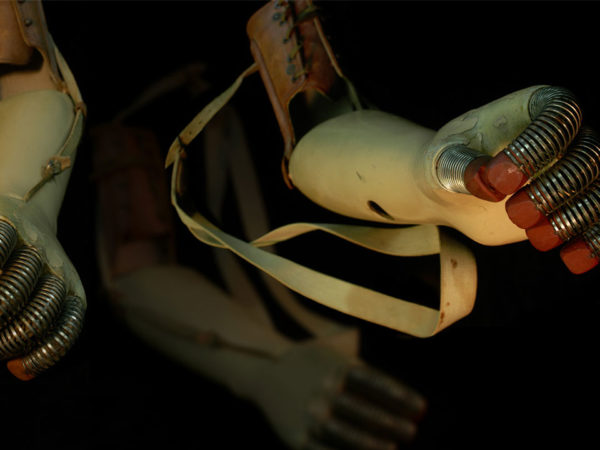

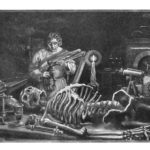
Guest Editor’s Note
A man of science makes dead matter live yet abandons his own creation. A creature is composed of human body parts yet denied a place in human society. The epic struggle that ensues between creator and creature poses enduring questions to all of us.
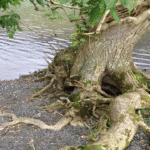
Too Much Life
In Mary Shelley’s Frankenstein, and in the Romantic age more generally, monstrosity came to be conceived as an excess of vitality. Exactly what life was, however, was a matter of intense debate.
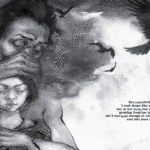
Of Woman Born
Like her mother, Mary Shelley lived the life of a woman intellectual. Engaging public issues through her writing she offered a multifaceted view of the existing world through the speculative lens of other social and political possibilities. As a divine warning and portent of what to come, she was, in the etymological sense, a monster.
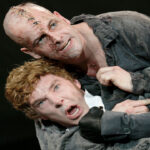
Frankenstein: A Hero for Our Time
Mary Shelley’s Frankenstein lives on, constantly amazing us with its currency and power, taking on new and surprising forms, moving us as few other works of nineteenth-century fiction can. However, in our technically advanced, digital age it is not the flawed man of science who commands our sympathy or respect, but more often the monster.

Frankenstein and the Scientific Self
Frankenstein joined a host of works that deemed some individuals more fit for the study of Nature than others, prescribed appropriate comportment for those who would pronounce on its laws, or imagined the consequences of a world shaped by reason alone.
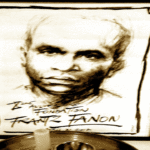
Decolonializing Frankenstein
Frankenstein is, in a way, a story of a man’s desire to be liberated from himself. Nearly 150 years later, Frantz Fanon explored similar themes, such as the perspective of the creature’s desperate search for love and recognition, and also the bondage of nihilistic portraits of creators and the created.
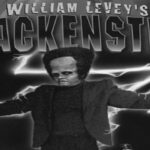
Black Frankenstein at the Bicentennial
Monster metaphors matter. They show what a culture demonizes and they provide a vocabulary for those who are marked as monstrous to resist.
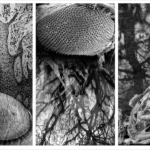
Viral Frankenstein
Victor Frankenstein’s creative act deliberately blurred the boundary between “person” and “product”—and so will the bioenhancement technologies of the coming century.
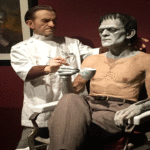
Redesigning Humans
Shelley’s Frankenstein has undeniably had a significant influence on modern art and film. Themes that often emerge from such works include electricity and the reanimation of life, the social and biological characteristics of hybrid life, and redesigning bodies through bio-elective enhancement.
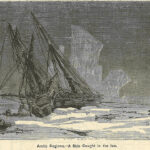
Frankenstein Meets Climate Change: Monsters of Our Own Making
The topic of climate first comes in with the writing of the book, in 1816. The 18-year-old Mary Godwin was vacationing in Geneva, Switzerland, with her soon-to-be husband Percy Bysshe Shelley, and friends. It was not much of a vacation because the weather was terrible: gloomy, dark, rainy and cold.
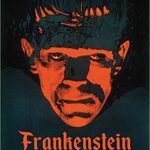
The Enduring Mad Doctor and His Monster
Any attempt at a comprehensive account of Shelley’s influential text must cover both its origins and afterlives. Frayling’s admirably organized volume does both.

A Tale of the Life that Gave Life to Frankenstein
The connections that Sampson makes between Mary and her creature demonstrates the value of framing Mary Shelley’s biography around Frankenstein, because it is the part of her with which we continue to reckon today.
